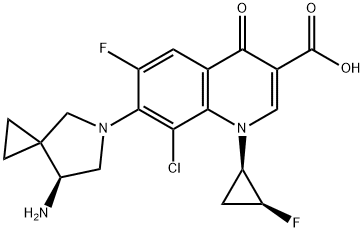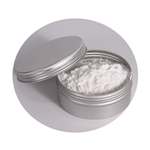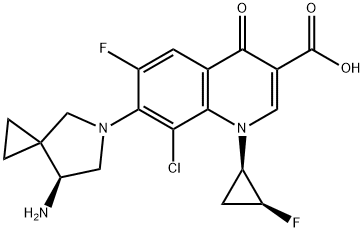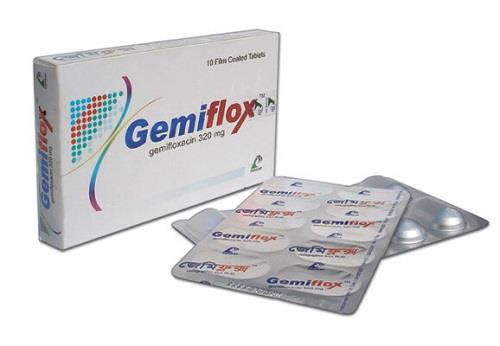Side-effects of Sitafloxacin
Sitafloxacin (DU-6859a) is a new-generation, broad-spectrum, oral fluoroquinolone. It has a molecular weight of 409.81 and has the chemical formula {(–)-7-[(7S)-amino-5-azaspiro(2,4)heptan-5-yl]-8- chloro-6-fluoro-1-[(1R,2S)-cis-2-fluoro-1-cyclopropyl]-1,4-dihydro-4- oxo-3-quinolinecarboxylic acid sesquihydrate}. Its empirical formula is C19H18ClF2N3O3. Sitafloxacin (as sitafloxacin hydrate) is available as 50-mg tablets, under the name Gracevit, and as a 10% fine granular preparation. Sitafloxacin inhibits bacterial topoisomerase II (DNA gyrase) and topoisomerase IV and is bactericidal. Sitafloxacin has a broad spectrum of activity and is approved for use in Japan for the treatment of respiratory and urinary tract infections.

Mechanism
The quinolones are direct inhibitors of bacterial synthesis. Like the other quinolones, sitafloxacin inhibits two bacterial enzymes, topoisomerase II (DNA gyrase) and topoisomerase IV, which are important in DNA replication. The drug binds to these enzymes, blocks DNA replication and results in bacterial cell death.
Excretion
By 48 hours, about 61% of sitafloxacin is excreted unchanged in the urine after oral administration and about 75% after intravenous administration. For both routes, the high renal clearance (mean 181 and 198 ml/min for oral and intravenous administration, respectively) of sitafloxacin implies active tubular excretion. Nonrenal clearance accounts for about one-third of the total clearance, with fecal excretion of sitafloxacin accounting for about 3% of the dose. Metabolism is only a minor pathway of elimination of the drug, and, although urinary and plasma metabolites of sitafloxacin have been identified, they probably contribute little, if at all to the overall systemic antibacterial properties of sitafloxacin itself.
Drug interactions
Like other fluoroquinolones, sitafloxacin is sensitive to the presence of multivalent cations – thus, absorption may be decreased with concomitant administration of iron supplements and by antacids containing aluminum or magnesium ions. In vitro and in vivo studies of sitafloxacin and theophylline show that sitafloxacin has a weak inhibitory effect on theophylline metabolism, but this leads only to a slight increase in blood theophylline levels and a decrease in urinary metabolites.
Side-effects
Overall, sitafloxacin has a similar safety profile to other commonly used fluoroquinolones, except for its slightly greater propensity to cause phototoxicity in some predisposed patients. In randomized trials, the safety of sitafloxacin has been found to be similar to that of imipenem in the treatment of community-acquired pneumonia (69 patients) and to that of ciprofloxacin and metronidazole in the treatment of intra-abdominal infections (121 patients).
Gastrointestinal side-effects Sitafloxacin is relatively safe and well tolerated. The most common adverse reactions (as with other fluoroquinolones) are gastrointestinal symptoms, especially diarrhea.
See also
Lastest Price from Sitafloxacin manufacturers

US $200.00/kg2023-06-26
- CAS:
- 127254-12-0
- Min. Order:
- 1kg
- Purity:
- 99%
- Supply Ability:
- 1000kg/Months

US $1.10/g2021-07-20
- CAS:
- 127254-12-0
- Min. Order:
- 1g
- Purity:
- 99.9%
- Supply Ability:
- 100 Tons Min


